Carracci Gallery Restoration, ‘Discovery’ vs. Preservation
Einav Zamir
Italian officials announced in early October plans to undergo a $1.5 million restoration effort of the world-renowned Carracci Gallery, whose elaborate decoration, commissioned in 1597 by Cardinal Odoardo Farnese, has been a topic of scholarly dialogue for hundreds of years.
This project results from an earlier campaign undertaken by the French Service des Monuments historiques to stabilize the vaulted ceiling. While it is unclear precisely what restorative measures will take place when work begins in early January, the World Monuments Fund asserts that this is primarily a scientific endeavor which seeks to remedy “conservation issues” identified during the 1994 restoration. The WMF further claims that “conservation is necessary to ensure that the paintings in the gallery do not deteriorate or become harmed by structural problems in the ceiling.”
Whereas such efforts would appear essential to the survival of the numerous frescoes and stucco decoration that adorn the walls of the Carracci Gallery, a very different sentiment seems to be emanating from the Italian Culture Ministry, which is responsible for the promotion and stewardship of museums and historical monuments throughout Rome. As quoted in the New York Times, the presumed result of “determining which hands painted which section” is hailed as a significant perk of the project, as opposed to the conservation efforts extolled by the WMF. This would suggest that the entire endeavor functions more to satisfy curiosity than to ensure permanent survival, and further suggests that exploratory cleanings, which do not directly address deterioration or “structural problems,” will be employed primarily for attribution purposes.
Furthermore, a proposed plan to assemble a committee to determine the “scope of the restoration,” implies a more extensive undertaking than what was deemed necessary by the 1994 restorers. Rossella Vodret of the Italian Culture Ministry assures us that “if problems arise, the intelligence and professional qualities of the experts involved will win out,” and while one is inclined to appreciate this absolute faith in professional restorers, we also must ask ourselves whether the risk to lasting preservation is worth the possible gain of discovery.
Fortunately, the international community will be watching closely to see what develops as the project takes shape in early 2013.

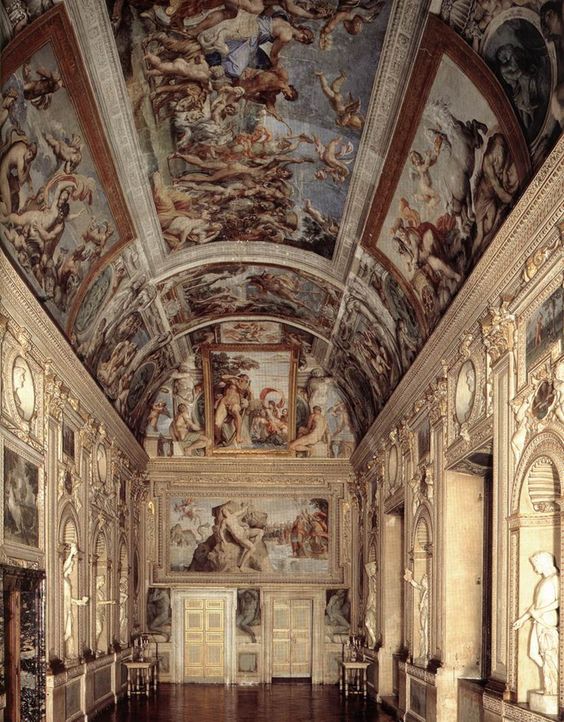
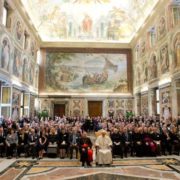

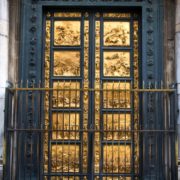

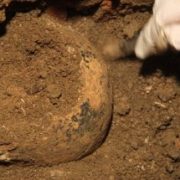
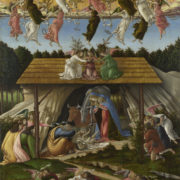



Leave a Reply
Want to join the discussion?Feel free to contribute!